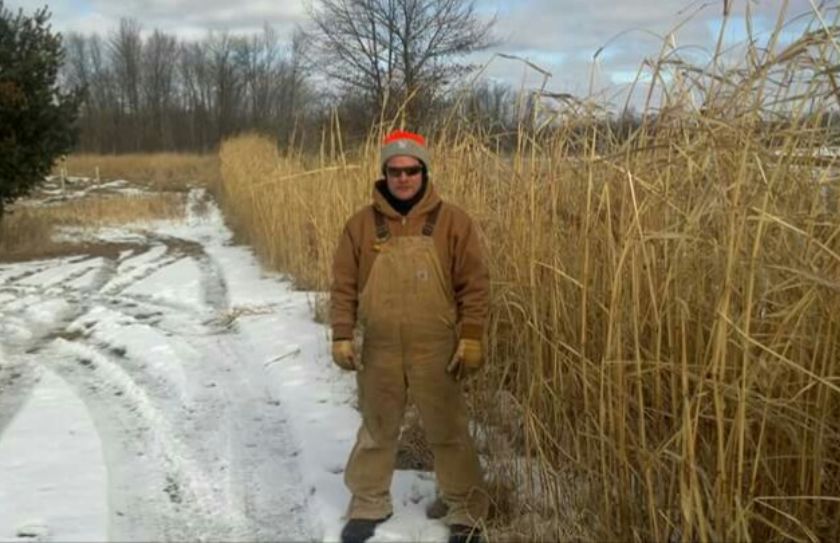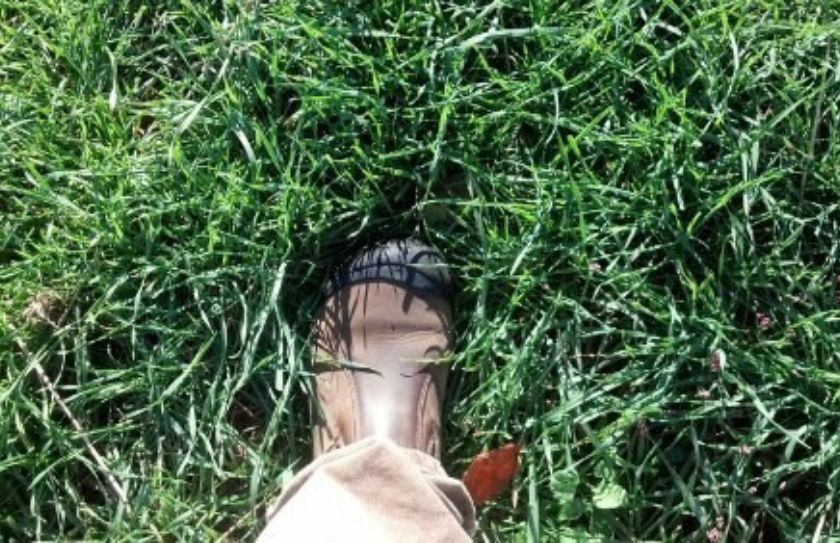With good results or bad, food plot patterns can be created on your land. Back in 2005 I began coining the phrase, “Patterns of Use”, which eventually became a chapter in my first book, while at the same time became the phrase to describe an ever encompassing cause and effect relationship of deer behavior.
Do you need to attract, hold and grow a deer herd?
Then establish Spring planted food plots to establish a pattern of use.
Do you need to reduce herd numbers?
Then reduce the pattern of Summer whitetail habitat resources on your land.
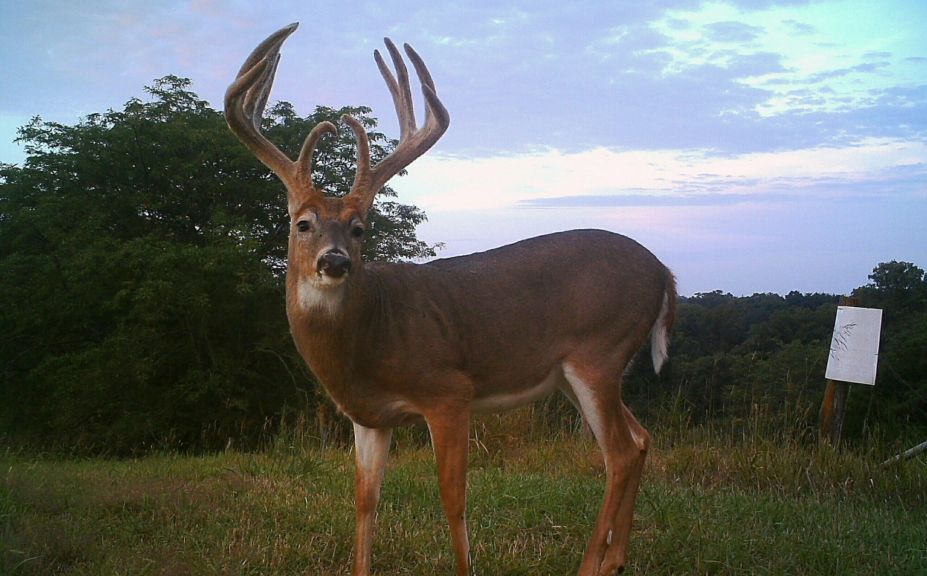
Do you need to establish a connection for a line of movement between a bedding area and food source?
Then use mock scrapes, waterholes, mineral stations and secure travel corridors to do so.
Do you need to develop a relaxed herd that increases in number as the season progresses, instead of decreasing?
Then make sure that you can move about your land like a predator during the hunting season, and that you have quality cover options that are successfully supported by consistent food sources for the entire season.
The patterns of use that you create on your land (whether you intend to or not), will eventually establish your potential level of herd and hunting success. The particular food plot patterns that you create, are no exception.

*Don’t forget to check out my trilogy of Advanced Whitetail Strategy books, including my food plot strategy book,“Food Plot Success by Design”.
History of Food Plot Patterns:
In 2005 I made a major food plot pattern blunder on a very important planting on our WI Lease. It was a brassica planting, and it was not the seed variety that was the problem. On our WI lease we had an incredible SW leg of a food plot hidden within a “horseshoe shaped” idle ag field flanked by various bedding areas on the sides, as well as on the West end. We harvested quite a few bucks within the area, as well as collected the greatesst number of mature buck pictures on the property. To say this area of the property was important to us would have been an understatement. The lcoation was where whitetail dreams were made of!
The planting was perfect, the results were outstanding, and in October we were left with a brassica mixture of various seed varieties that totaled 2 acres, over 30” tall and a few tons of food. However, the 550 yards planting snaking its way along the north side of the slight ridge through the CRP field was barely getting touched. As the pre-rut approached we were getting worried, because the field was barely attracting browsing pressure. Our highly anticipated annual SW WI rut hunt was a major dissappointment! I feel we effectively wrote off that entire area of our property because instead of maintaining that pattern of feeding in that location of the parcel, we destroyed it, and then expected the deer to slam into the pattern of the brassica foraging in late October like they had been there all season; only they hadn’t.
It was at this time that the term “Pattern of Use” really began to be cemented into my practices. I’m going to explain to you what a pattern of use is, why it needs to be established, and how it relates to the majority of your management efforts. I don’t mind admitting my mistakes and I’ve found the more I’ve made, the more I’ve learned. Hopefully you can learn from my mistakes and effectively establish the patterns of use on your parcel that will keep both you and the local deer herd happy throughout each the month of the hunting season, and not just a few weeks here or there.
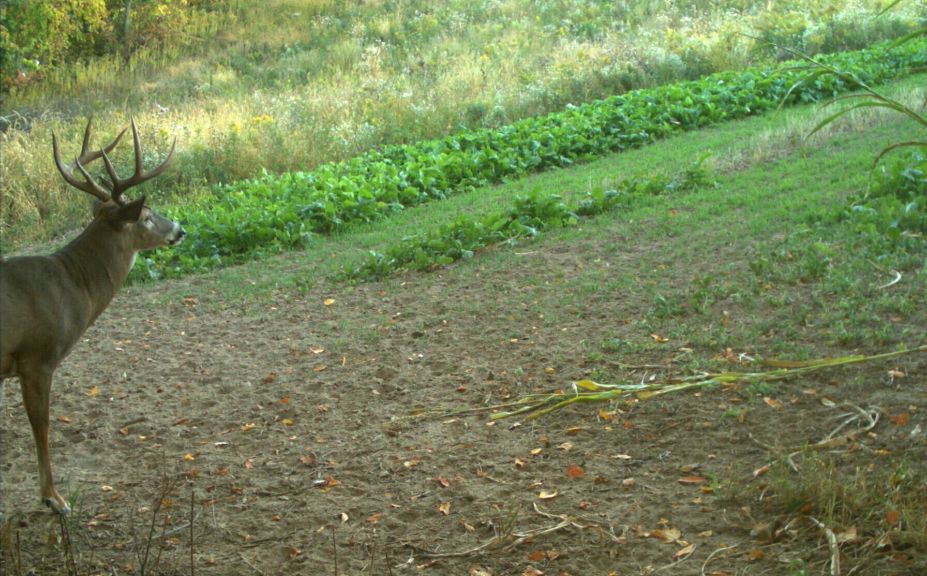
*What you plant will determine how effective your entire habitat plan will be, in determining both the quality of your herd and hunt. To read about my latest, favorite planting combo to insure season long attraction, make sure to check out, “Late Summer Blend For Monsters”.
Food Plot Pattern Details: Many of you have probably seen those fancy food plot chain examples that are in theory supposed to move deer from “Point A” to “Point B”, through the use of varying quality forages, each planted alone in several plots. In theory, it sounds great! Deer like variety, deer like to move, and deer like to forage while moving. That all sounds good, right? Unfortunately the chain will often be broken because the food plot patterns of use are not consistent. The problem lies in the fact that certain forages are not attractive during certain times of the hunting season. The 2005 experience that I began this article with, includes brassicas as an example, which are typically increasing in attraction later during the deer season. At the same time, alfalfa may have been stemmy, yellow and approaching dormancy a full 2 months earlier, while demonstrating a decreasing pattern of use. If you place the two seed varieties of brassica and alfalfa on adjacent plots you are attempting to encourage the deer to travel through within the chain of movement, you will experience a 2 month gaping hole in both attraction and nutrition. The deer will not follow any intended pattern of use in that situation, because one plot is basically, not pulling it’s weight.
If your goal is for the local deer herd to use a hunting plot on the way to a larger food source or bedding area, then by using variety you can establish the pattern of food plot use. The pattern should be established early and often, and that goes for any habitat improvement within a line of deer movement, that you are attempting to create. I often recommend using long, thin lines of food plot plantings, because if food plot varieties are planted side-by-side along he entire length, deer just need to step over and feed on whatever forage is peaking in attraction at the moment, to continue a consistent deer movement all season long.
Maybe you are attempting to move deer through separated food plots on the way to a larger destination? May sure those gaps aren’t too thin, meaning a deer has to feel secure enough to travel through the area in the both the early and the late season, which means cover has to be at a premium or you won’t be able to facilitate those movements on your parcel. Combining consistent food, consistent cover and a consistent sense of security for the entire hunting season, is a powerful pattern of use when you manage to assemble the pieces daily deer usage, on your land.
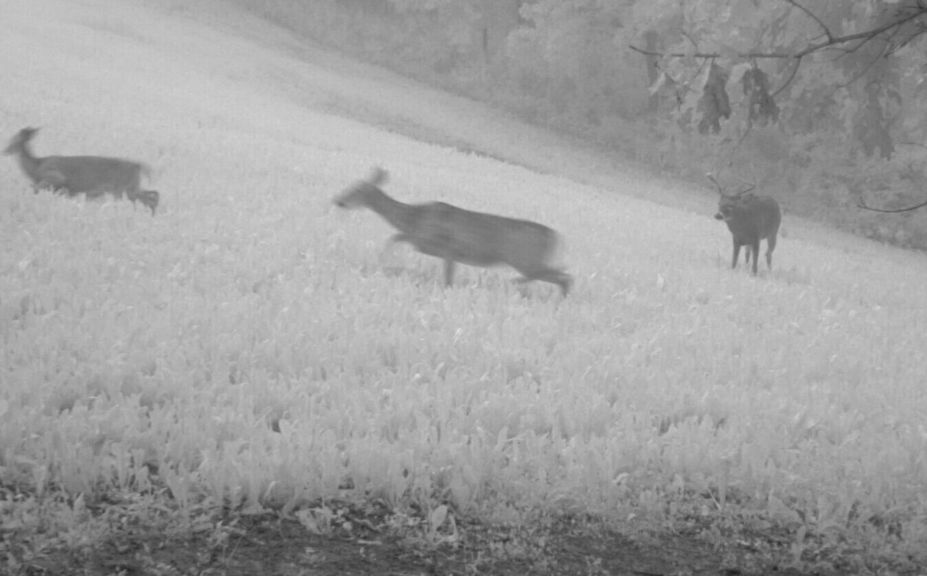
*Establishing effective patterns of daily deer usage on your entire parcel, is very important for your success. To make sure that you are doing so, try reading, “Recognizing Deer Movement Patterns”.
Why Establish Food Plot Patterns of Use?
Without effective patterns of use, the local deer herd experiences a chaotic movement in and around your parcel of land. Instead by allowing the deer her to flow consistently through your land, they will spend more time on your parcel, instead of your neighbors. When the patterns are chaotic and broken, the deer simply jump ship to other areas that offer a higher level of consistency, including consistency in security, cover and food.
When the food plot patterns are consistent, the deer tend to feed more efficiently and consistently on each and every one of your food plots. For example, a lone brassica field that you are attempting to slam the local deer herd into feeding on in early November, creates a daily pattern of use that deer have an extremely have a hard time adjusting to. In some regions, by the time that brassica is really attractive the deer are already onto greener pastures and heavy cover, never to return during the winter months. Instead, by offering early season crops such as oats, peas and rye planted in late July, directly alongside your brassica planting, you can create a pattern of deer forage opportunity before the season begins, with the compliment of late season offerings within the same food plot.
How Does a Food Plot Pattern of Use Relate to Your Goals?
Simply, without consistency in both food and cover throughout the entire season, the deer will attempt to find the consistency that they require, somewhere else. Gaps in food and gaps in cover all add up to randomly chaotic movements in and out of your parcel. Buck age structure can be effected because you will potentially lose a higher % of younger bucks to neighbors, who may not share your same management goals. Also, you may miss your mark for attracting your potential of mature bucks during the season, because gaps in your patterns of deer usage may be great enough to create a significantly deminished level of attraction to your land, during critical periods of the season.
As far as your hunting efforts go, it’s not out of the question to consistently be the one in your neighborhood, to attact, hold and shoot the majority of the mature bucks in the area. When your parcel features a high level of security and quality food source within daily usage patterns throughout the entire season, you can experience a very high level of success if your mature buck hunting tactics are ready for the challenge.
Food Plot Patterns-Make Sure The Timing is Right.
I’ve learned a lot since that 2005 season blunder and I should have known better at the time. The plot was a great plot, within bad application. Through consistency in quality, you can have the ability to collect deer as the season progresses. However, your food plot patterns have to be strong for each week of the season. If you want the deer to move from point A to Point B, it is critical that you not only give them a reason to do so, but that you establish that reason early enough in the season to make sure that they follow the script. When should your food plot patterning effots be at their very best? At a time when those patterns carry the greatest potential for positively impacting your herd and hunting efforts.

